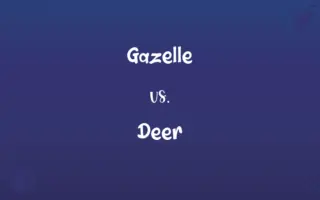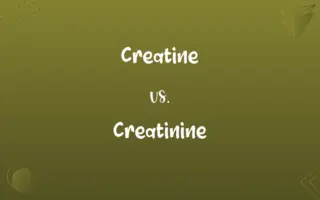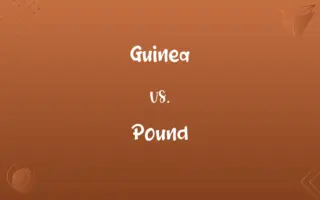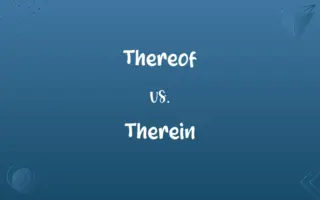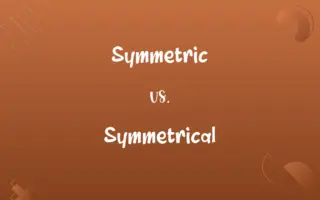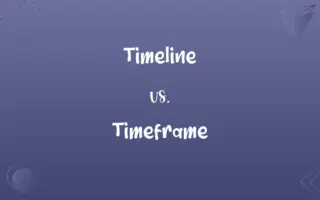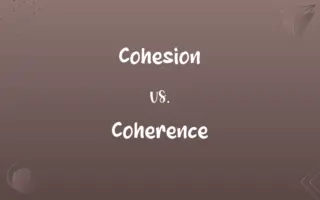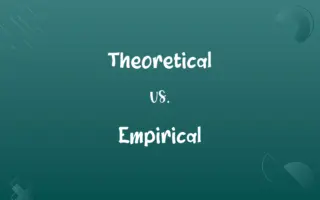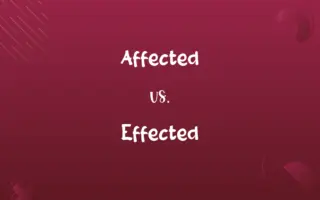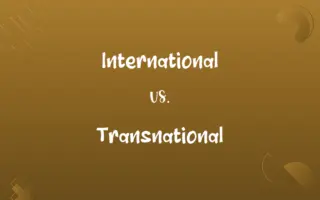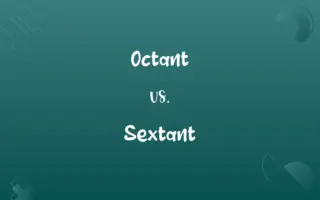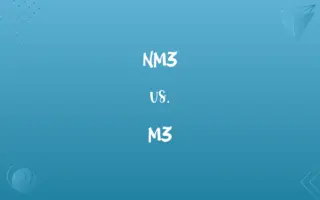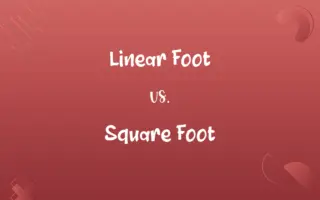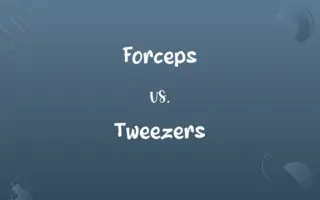Distance Vector Routing vs. Link State Routing: Know the Difference

By Dua Fatima & Hifza Nasir || Published on August 25, 2024
Distance Vector Routing uses hop count to determine the best path, while Link State Routing uses Dijkstra's algorithm for a holistic network view. DV is simpler; LSR offers accuracy.

Key Differences
Distance Vector Routing (DVR) relies on each router sending its routing table to its immediate neighbors, emphasizing simplicity and hop count as a metric for path selection. Link State Routing (LSR), on the other hand, requires routers to have a complete view of the network topology, using Dijkstra's algorithm to calculate the shortest path.
Dua Fatima
Aug 25, 2024
In DVR, updates spread through the network in a manner that can lead to slow convergence and the "count to infinity" problem, where incorrect routing information propagates through the network. LSR minimizes these issues by providing each router with the knowledge of the entire network, allowing for faster convergence and avoiding routing loops.
Hifza Nasir
Aug 25, 2024
DVR's simplicity makes it suitable for smaller or less complex networks, where the overhead of constantly updating the entire network's state, as in LSR, is unnecessary. However, LSR's comprehensive network knowledge makes it ideal for larger, more dynamic environments, despite the higher overhead and complexity.
Dua Fatima
Aug 25, 2024
The bandwidth usage in DVR can be less than LSR under stable conditions, as updates are incremental and sent only to neighbors. Conversely, LSR, with its initial flooding of link-state information, requires more bandwidth upfront, but this contributes to its rapid convergence and reliability.
Hifza Nasir
Aug 25, 2024
Security concerns differ between the two, with DVR being more vulnerable to routing table poisoning, where incorrect routing information is maliciously inserted into the network. LSR's method of sharing link-state information allows for better verification and resilience against such attacks, given the global view of the network it provides to each router.
Dua Fatima
Aug 25, 2024
ADVERTISEMENT
Comparison Chart
Path Determination
Based on hop count to destination
Uses Dijkstra's algorithm for shortest path
Hifza Nasir
Aug 25, 2024
Network Knowledge
Limited to information from neighbors
Comprehensive view of entire network
Dua Fatima
Aug 25, 2024
Convergence Speed
Slower, susceptible to routing loops
Faster, avoids count to infinity problem
Dua Fatima
Aug 25, 2024
Scalability
Better suited for smaller networks
Ideal for larger, more dynamic networks
Dua Fatima
Aug 25, 2024
Bandwidth Usage
Lower in stable conditions
Higher due to initial information flooding
Shumaila Saeed
Aug 25, 2024
ADVERTISEMENT
Security
More vulnerable to routing table poisoning
Less vulnerable, allows for better verification
Hifza Nasir
Aug 25, 2024
Complexity
Simpler, easier to implement and maintain
More complex, requires more resources
Dua Fatima
Aug 25, 2024
Preferred Environment
Less dynamic, simpler network topologies
Complex, highly dynamic environments
Hifza Nasir
Aug 25, 2024
Distance Vector Routing and Link State Routing Definitions
Distance Vector Routing
Suited for smaller networks due to its simplicity.
The small corporate network efficiently uses distance vector routing.
Dua Fatima
Feb 26, 2024
Link State Routing
Uses Dijkstra's algorithm to determine the shortest path.
The router calculated the optimal path using Dijkstra's algorithm.
Shumaila Saeed
Feb 26, 2024
ADVERTISEMENT
Distance Vector Routing
A routing protocol where routers inform neighbors of their routing tables.
RIP uses distance vector routing to update neighboring routers.
Dua Fatima
Feb 26, 2024
Link State Routing
Ideal for large, dynamic networks due to detailed topology knowledge.
The large internet service provider relies on link state routing.
Hifza Nasir
Feb 26, 2024
Distance Vector Routing
Utilizes hop count as a metric for path selection.
The router chose the path with the least hops to the destination.
Hifza Nasir
Feb 26, 2024
Link State Routing
A protocol where routers have a complete network topology view.
OSPF employs link state routing for efficient network management.
Dua Fatima
Feb 26, 2024
Distance Vector Routing
Prone to slow convergence and routing loops.
The network experienced a count to infinity problem after a link failure.
Dua Fatima
Feb 26, 2024
Link State Routing
Requires more bandwidth for initial link-state information.
The network's initial setup saw high bandwidth usage for OSPF.
Hifza Nasir
Feb 26, 2024
Distance Vector Routing
Vulnerable to incorrect routing information spreading.
The network was compromised due to routing table poisoning.
Hifza Nasir
Feb 26, 2024
Link State Routing
Provides rapid convergence and avoids routing loops.
The network quickly stabilized after the topology change.
Dua Fatima
Feb 26, 2024
Repeatedly Asked Queries
How does Link State Routing ensure all routers have a complete network view?
Each router sends out link-state advertisements (LSAs) to all routers in the network, allowing each to build a complete topology map.
Dua Fatima
Aug 25, 2024
How do routers in Distance Vector Routing update their tables?
Routers exchange their routing tables with immediate neighbors at regular intervals, updating their own tables based on this information.
Dua Fatima
Aug 25, 2024
What makes Link State Routing more suitable for large networks?
Its ability to provide each router with a complete view of the network allows for more efficient routing decisions in complex topologies.
Dua Fatima
Aug 25, 2024
Why is Distance Vector Routing considered simpler?
It requires less information to be maintained and exchanged, focusing only on distance to destinations as shared by direct neighbors.
Shumaila Saeed
Aug 25, 2024
How often do routers exchange information in each routing protocol?
In Distance Vector Routing, routers periodically send updates to neighbors. In Link State Routing, LSAs are sent upon initial setup or topology change.
Hifza Nasir
Aug 25, 2024
Why is bandwidth usage a concern in Link State Routing?
The initial flooding of link-state information to all routers in the network requires significant bandwidth, especially in large networks.
Hifza Nasir
Aug 25, 2024
Can Distance Vector Routing scale to large networks?
While possible, its simplicity and slower convergence make it less ideal for large or highly dynamic networks.
Shumaila Saeed
Aug 25, 2024
What are examples of Distance Vector and Link State Routing protocols?
RIP (Routing Information Protocol) is an example of Distance Vector Routing, while OSPF (Open Shortest Path First) is an example of Link State Routing.
Dua Fatima
Aug 25, 2024
What is Distance Vector Routing?
A protocol where routers determine the best path based on the distance (hop count) to the destination, sharing this information with their immediate neighbors.
Hifza Nasir
Aug 25, 2024
What is Link State Routing?
A protocol that requires routers to know the entire network topology, using this information to calculate the shortest path to all nodes using Dijkstra's algorithm.
Hifza Nasir
Aug 25, 2024
What is the "count to infinity" problem in Distance Vector Routing?
A routing loop issue where incorrect routing information causes paths to appear infinitely long, delaying network convergence.
Dua Fatima
Aug 25, 2024
How does Link State Routing improve security?
By allowing routers to independently verify the entire network's topology, reducing the risk of routing table poisoning.
Hifza Nasir
Aug 25, 2024
How do Distance Vector Routing protocols address the routing loop problem?
Techniques like split horizon, route poisoning, and hold-down timers are used to prevent and mitigate routing loops.
Hifza Nasir
Aug 25, 2024
What is Dijkstra's algorithm used for in Link State Routing?
It's used to calculate the shortest path between nodes in the network, considering various metrics like cost, speed, and reliability.
Dua Fatima
Aug 25, 2024
Is one routing protocol better than the other?
Each has its advantages depending on network size, complexity, and specific requirements. Neither is universally better; the choice depends on the use case.
Dua Fatima
Aug 25, 2024
Share this page
Link for your blog / website
HTML
Link to share via messenger
About Author
Written by
Dua FatimaCo-written by
Hifza Nasir